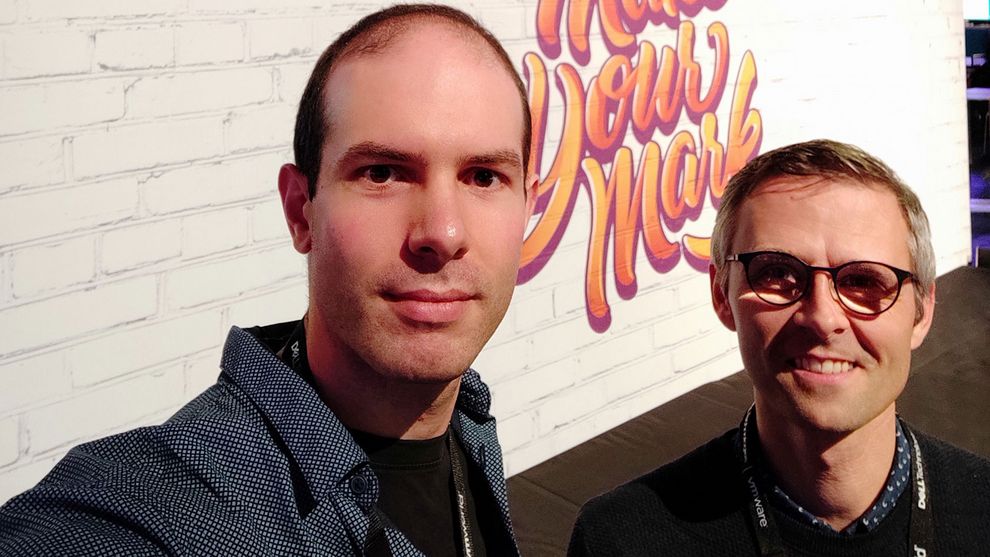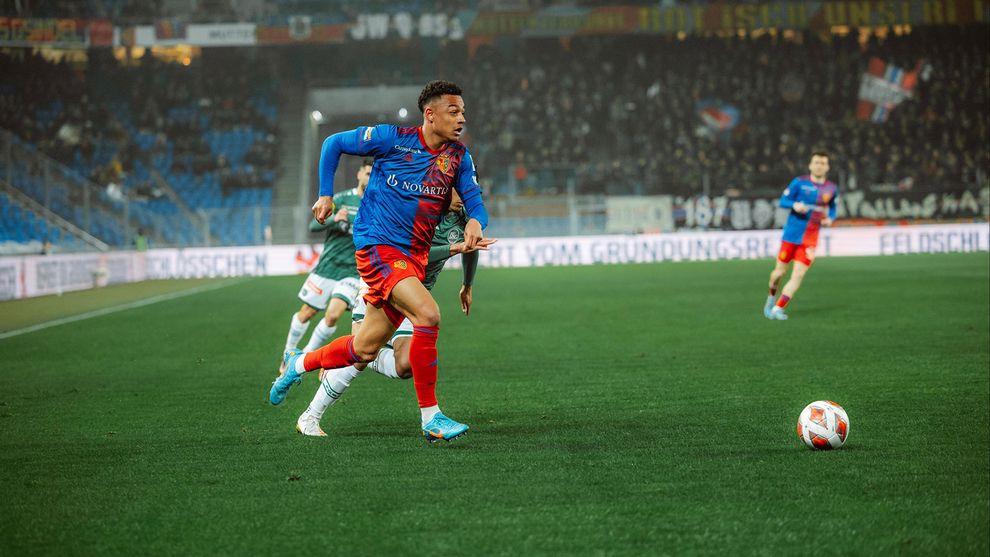Apps, Devices, and the Cloud: Networking Without Boundaries.
The European edition of VMworld, the virtualization and cloud computing conference hosted by VMware, was again held in Barcelona this year and was very well attended. Around 14,000 analysts and journalists participated in the largest virtualization-specific event in the world to learn about the latest virtualization and cloud trends. A team from UMB took part as well and took the following notes.
#Modern Work #Hybrid Cloud #Virtual Desktop Infrastructure #VMware


European VMworld has been around for 15 years[1], and the event is being sponsored by many well-known companies, such as Cisco, NetApp, AWS, Intel, HPE, Dell EMC, Hitachi, IBM, Sandisk, and Samsung. The motto of this year's conference was "Any device, any application, any cloud". Meaning: Users should be enabled to access any app, no matter on which device and cloud. In other words: end device, application, and cloud should be networkable anywhere. VMware laid the foundation for this with Workspace ONE a long time ago.
There were numerous announcements this year as well, many of which were related to acquisitions.
Security for vSphere, Horizon, Workspace ONE and the Cloud
Security company Carbon Black was one of VMware's acquisitions. Analysts expect VMware majority shareholder Dell to make Carbon Black the preferred endpoint security plan for commercial customers. Carbon Black enables agentless security solutions for virtual machines, endpoint security for virtual desktops, network threat analytics for NSX, and behavioral endpoint detection for Workspace ONE. This allows security to be consolidated into a single solution at multiple platform levels.
VMware has also announced VMware Workspace ONE for Microsoft Endpoint Manager[2]. Workspace ONE is a digital platform that delivers and manages any application on any device by integrating access control, application management, and multi-platform endpoint management. Microsoft Endpoint Manager is the convergence of Intune and ConfigMgr functionality with new intelligent features. Microsoft Endpoint Manager includes the Device Management Admin Center (DMAC) as well as Desktop Analytics In addition to Intune and ConfigMgr.
Facilitating the management of containers with Kubernetes
The new VMware product series 'Tanzu'[3], intended to simplify the administration of containers with the Kubernetes orchestration tool, had already been announced in August and was one of the focus topics. Project Tanzu will take containers on VMware to the next level. With Bitnami, apps from a catalog can be integrated directly into containers, with Kubernetes[4] seamlessly integrated into vSphere containers can be created natively from ESXi, and with Tanzu Mission Control, all cloud services can be managed independently.
Social issues were also addressed at the conference. VMware CEO Pat Gelsinger finds blockchain technology extremely powerful and potentially useful - however, he has no sympathy for Bitcoin. In his opinion, the crypto currency is an example of technology with negative social consequences - because it is used for criminal activities and consumes too much energy.
At UMB, we are deeply involved with VMware products and as a result have gathered a lot of know-how in this regard. We constantly update this knowledge, testing new solutions at an early stage in our own lab, demo center, and cloud data center. UMB has attained the highest possible partner status with VMware - you as a customer can benefit directly from this. Contact us for more information.
[1] https://blogs.vmware.com/euc/2019/11/vmworld-2019-europe.html
[2] www.microsoft.com/en-us/microsoft-365/microsoft-endpoint-manager
[3] https://cloud.vmware.com/tanzu
[4] https://www.redhat.com/de/topics/containers/what-is-kubernetes


